May 30, 2025 | 22:42 GMT +7
May 30, 2025 | 22:42 GMT +7
Hotline: 0913.378.918
May 30, 2025 | 22:42 GMT +7
Hotline: 0913.378.918
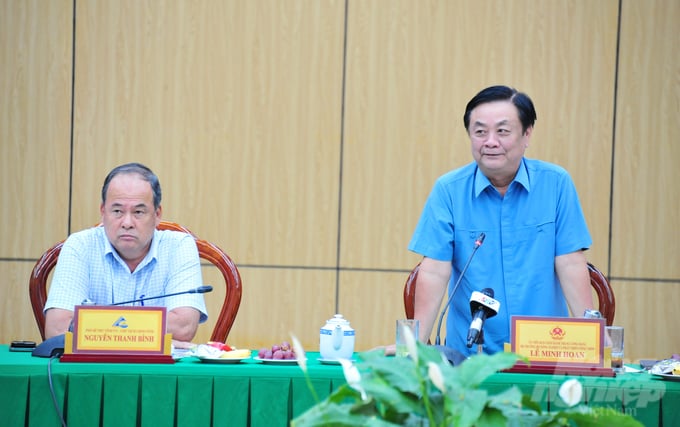
Minister of Agriculture and Rural Development Le Minh Hoan held a meeting with An Giang People's Committee on the afternoon of May 12. Photo: Le Hoang Vu.
Minister of Agriculture and Rural Development Le Minh Hoan held a meeting with An Giang People's Committee to discuss the status of local production, business, construction investment, import and export. The discussion highlighted challenges and solutions to promote development in An Giang province during the first few months of 2023.
According to Mr. Pham Minh Tam, Director of An Giang Department of Planning and Investment, the province's socio-economic position had seen considerable improvements in the first quarter of 2023. Gross regional domestic product (GRDP) increased by 6.30% compared to the same period last year, with the agricultural sector accounting for 42.5%. The province planted nearly 249.4 thousand hectares of crops in the first quarter. Accordingly, there are over 231,000 hectares of rice planted, yielding an average of 7.4 tons per hectare. The total rice output is approximately 1,715 million tons, which is an increase of 14,000 tons over the same period in 2022.
Since the beginning of the year, 85 growing area and packaging facility codes have been issued locally, including 45 new codes and 40 re-certified codes. The province currently has 372 active codes.
Regarding livestock production, An Giang province has effectively controlled diseases on cattle and poultry. Consequently, the livestock herd remains stable and constantly growing. There are 72,000 heads in the province's herd of cattle, which is an increase of 3,000 heads compared to the same period in 2022. The amount of beef and pork produced for slaughter in the first quarter was approximately 1.8 thousand tons. There are 5.5 million heads in the province's poultry flock. The output of live poultry in the first quarter was estimated to be at least 2.8 thousand tons.
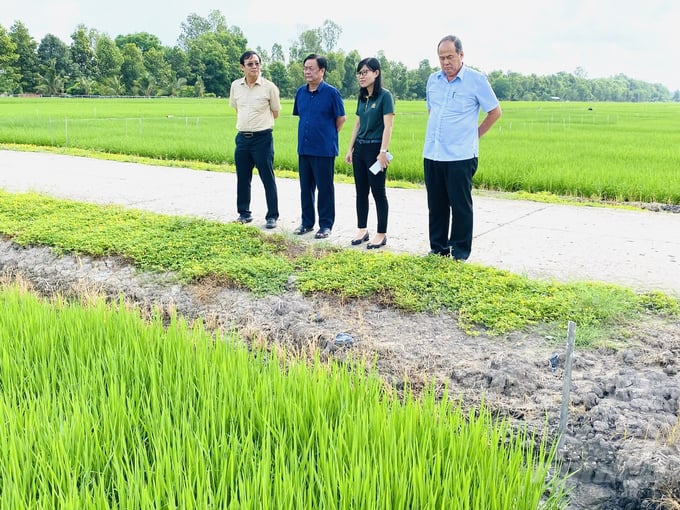
Minister Le Minh Hoan and Mr. Nguyen Thanh Binh, Chairman of An Giang Provincial People's Committee, surveying the SRP-compliant rice production area owned by Loc Troi Group in Thoai Son district, An Giang province. Photo: Le Hoang Vu.
The selling price for raw pangasius has been consistently high during the first few months of the year. The current price of commercial pangasius falls between VND 30,000 and 32,000 per kilogram, which is an increase of VND 3,000 compared to the previous month and VND 1,500 - 2,000 over the same period last year. According to estimations, there were 152,000 tons of aquatic products produced overall in the first quarter of 2023.
Rice, aquatic, and vegetable products from An Giang are forecast to dominate the global export market this year. An Giang imported and exported over USD 681 million worth of goods since the beginning of the year, which is an increase in terms of output and turnover. On the other hand, Chinese market recently re-opened their market, encouring the export of agricultural and aquatic products. The Chinese import market favors pangasius products, which account for a high proportion of the province's export turnover.
Rice exports are estimated at nearly 303,000 tons, which is equivalent to USD 163.6 million. Namely, Loc Troi Joint Stock Company expects to ship 400,000 tons of rice to the EU market in 2023. An Giang rice farmers had a bountiful harvest after the 2023 winter-spring rice crop. Demands for rice in Indonesia and China rose steadily after these countries re-opened their markets. Additionally, An Giang province promoted exports to traditional markets such as the Philippines, Malaysia, Australia, and new markets such as Russia and Bangladesh.
According to Mr. Nguyen Thanh Binh, Chairman of An Giang People's Committee, the province has achieved outstanding results in its 2023 socio-economic development. An Giang considers agriculture to be a major pillar of the economy.
The Department of Planning and Investment is thus assigned as the primary coordinator in preparing resources, land and infrastructure to attract agricultural investment projects and develop a sustainable agricultural ecosystem. Accordingly, An Giang aims to progressively shift the farmers' mindsets from agricultural production to agricultural economy; establish agricultural value chains that link processing facilities with raw material areas; utilize local advantages through the use of modern technology.
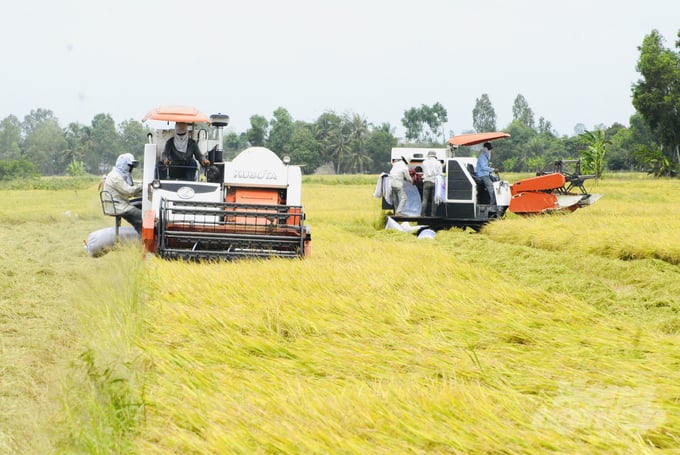
An GIang has achieved outstanding results in its 2023 socio-economic development. Photo: Le Hoang Vu.
However, An Giang is facing numerous risks and challenges that the province's resources cannot address in the short term. On the occasion of this meeting, An Giang People's Committee requested Minister Le Minh Hoan to consider its recommendations and proposals.
Mr. Nguyen Thanh Binh suggested the Ministry of Agriculture and Rural Development propose the Government to issue preferential policies for businesses investing in agriculture and rural development. Consequently, these policies will promote linkage, consumption of agricultural products, and investment in high technology agriculture.
An Giang province requested additional suppport from the Ministry in encouraging businesses to invest in agriculture, high technology agriculture, fruit and vegetable processing, etc. These investments will help develop a sustainable agricultural sector within the province.
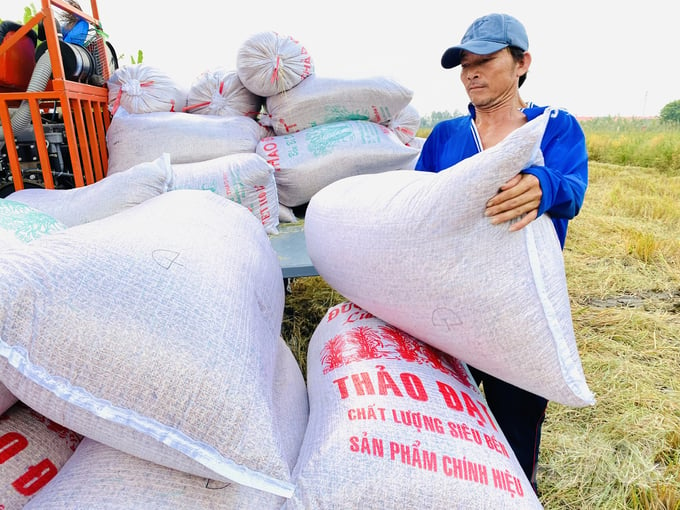
An Giang once made a breakthrough by shifting from a subsidized economiy mindset to a market economy mindset. This initiative was replicated by the central government in other provinces. Photo: Le Hoang Vu.
An Giang proposed the Government to support investment in improving infrastructure for production areas under the Sustainable Development Project to grow one million hectares of high quality organic rice in the Mekong Delta. An Giang requested support in developing a focal point to link raw materials for freshwater aquatic products, fruits, and rice in freshwater ecological zones. This project for a raw material focal point was detailed under Resolution No. 13-NQ/TW dated April 2, 2022 by the Poliburo.
Minister Le Minh Hoan emphasized that An Giang province features many natural advantages that can benefit economic development as well as agricultural production. An Giang has successfully enticed major domestic or foreign business communites to invest in the province.
The Minister advised An Giang province to be flexible and encourage businesses to innovate production technologies, and enhance product development capacity in accordane with market requirements.
An Giang once made a breakthrough by shifting from a subsidized economiy mindset to a market economy mindset. This initiative was replicated by the central government in other provinces. In response to global economic crisis, An Giang has utilized its agricultural advantages and achieved stable growth. Minister Le Minh Hoan requested the province and its businesses to develop policies comprehensively, increasing local responsibility in policy consultation.
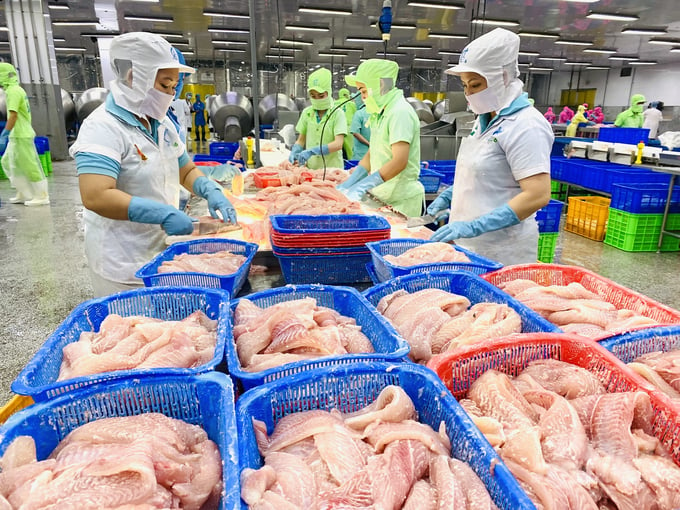
Rice, aquatic, and vegetable products from An Giang province are forecast to dominate in the global export market this year. Photo: Le Hoang Vu.
Regardinng An Giang's recommendations on key traffic infrastructures, the Ministry of Agriculture and Rural Development will report to the Prime Minister for further instruction. Minister Le Minh Hoan requested An Giang to coordinate with its local governments in calculating and exploiting sand sources to serve key traffic infrastructures in the Mekong Delta. The Minister commended An Giang's proposal to build a center to link raw materials for freshwater aquatic products, fruits and rice. This is a significant motivator for advancing green and sustainable agriculture in the region.
Translated by Nguyen Hai Long
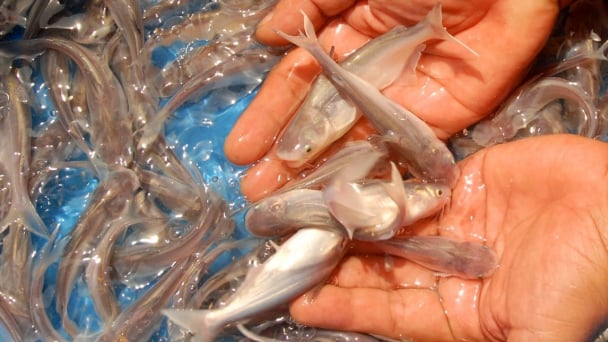
(VAN) Vaccinating juvenile pangasius helps reduce disease, antibiotic use, and farming costs, increasing profits for export-oriented farmers in An Giang.

(VAN) Due to a limited supply of workforce and competitive recruitment requirements, businesses struggle to retain talented veterinary human resources.
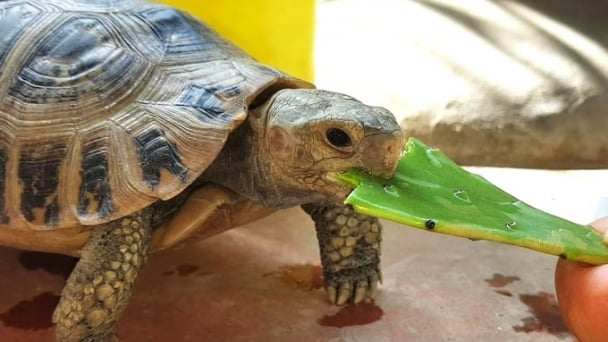
(VAN) WOAH’s guidance aims to mitigate disease risks through a One Health approach that balances economic, conservation, and public health interests.

(VAN) Ms. Nguyen Thi Dung, Deputy Director of Ngoc Hoang Cooperative, shared about the journey of bringing dragon fruit to Europe, achieving annual revenues in the billions of VND.
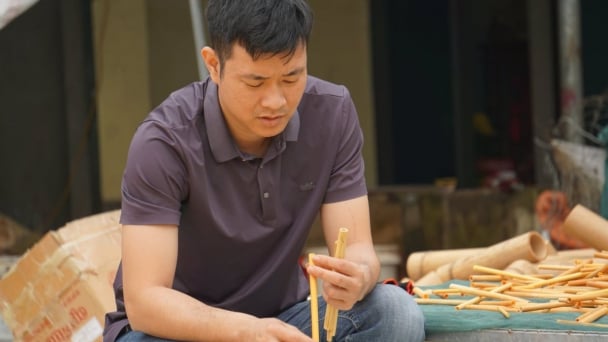
(VAN) Bamboo products from Thang Tho Bamboo Cooperative have reached many countries around the world, while also creating jobs for local workers.
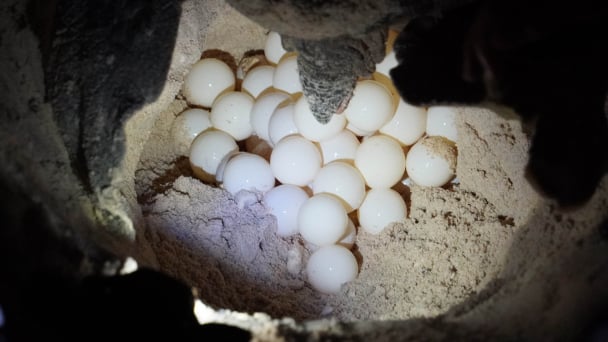
(VAN) The Management Board of Con Dao National Park reported that a green sea turtle, tagged in the Philippines, has traveled thousands of kilometers to lay 84 eggs on Bay Canh Islet.
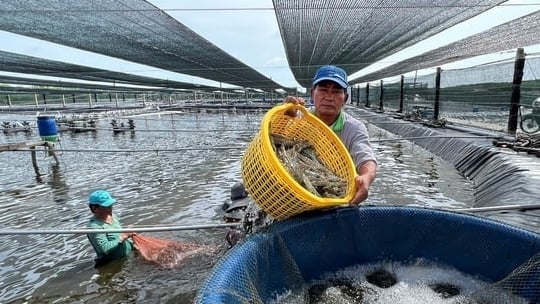
(VAN) Green technology is paving a new path for sustainable aquaculture in the Mekong Delta in particular and across the country in general, helping reduce emissions and adapt to climate change.